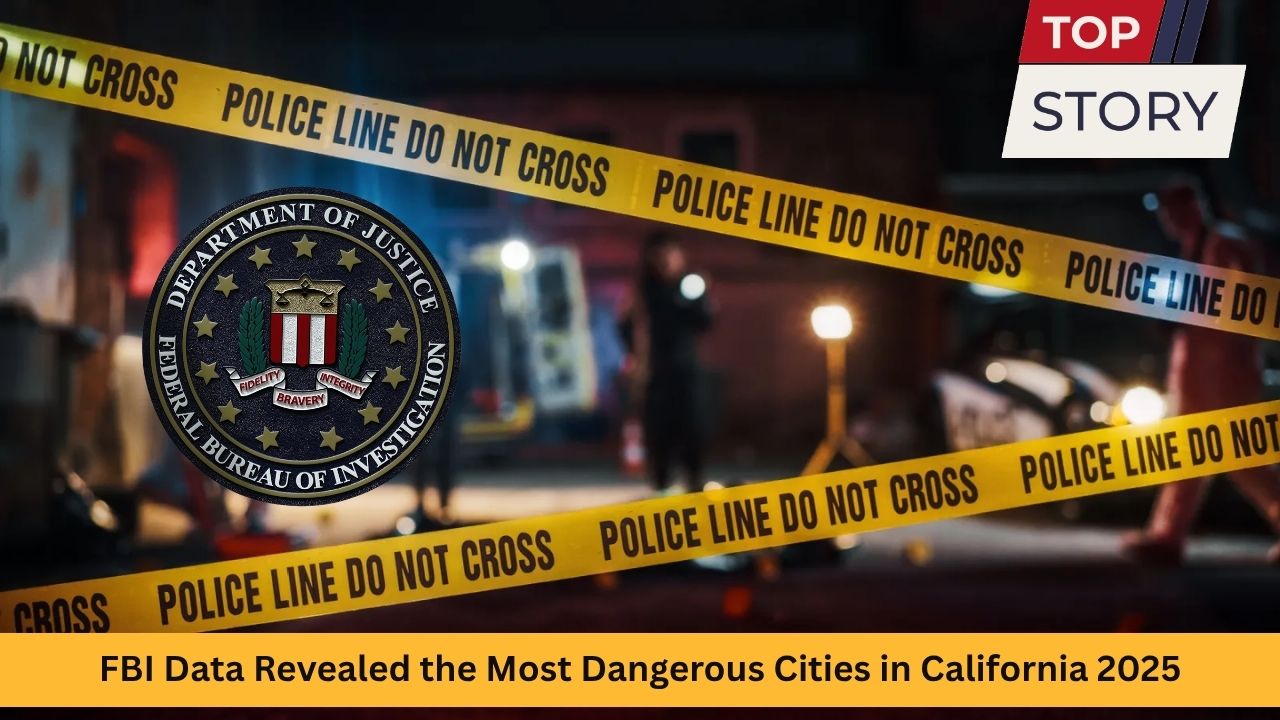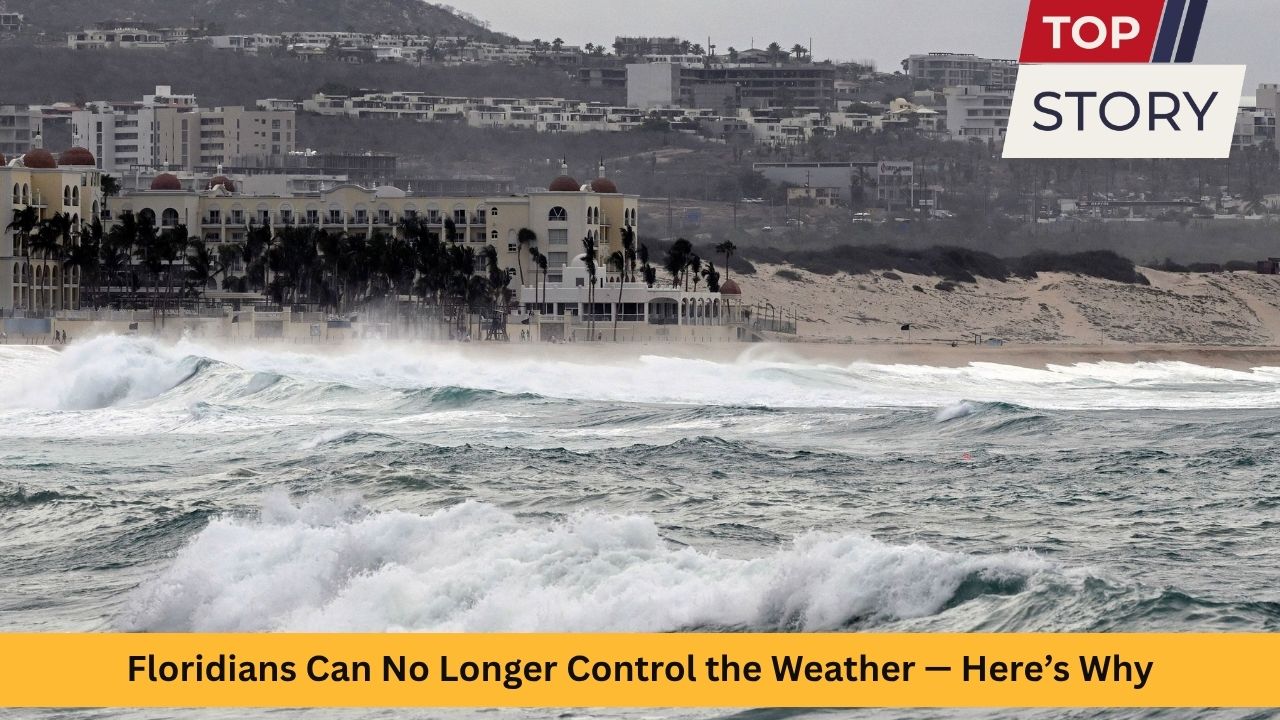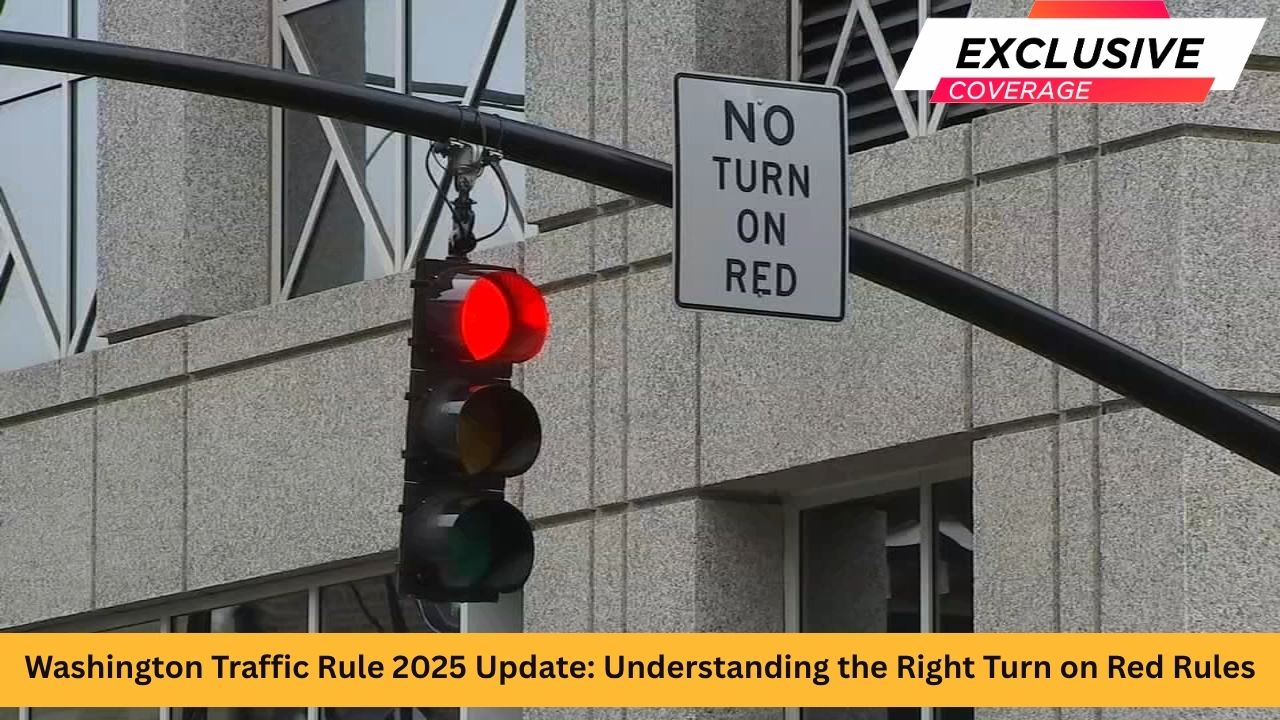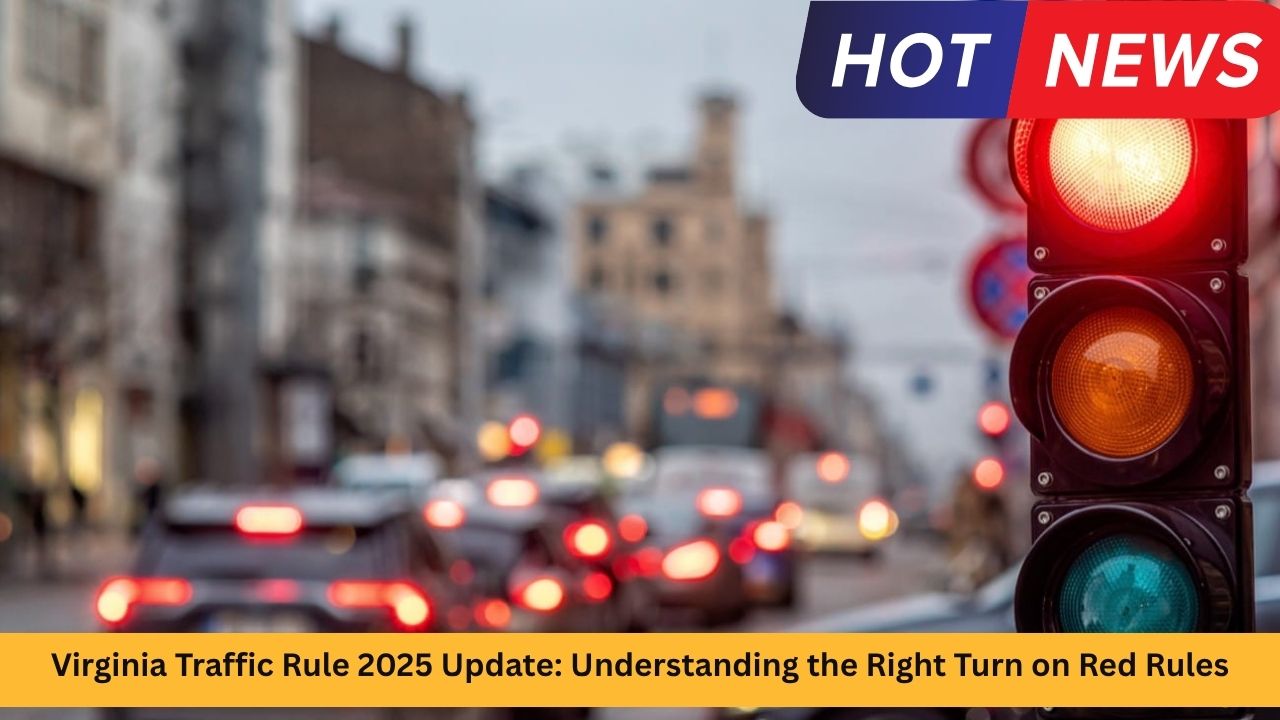California is known for its beautiful coastline, Hollywood allure, Silicon Valley innovations, and thriving culture. But behind this sun-soaked image lies a more complex truth—some cities in the Golden State battle high crime rates and public safety challenges. The latest FBI crime statistics reveal a stark contrast between neighborhoods and shine a light on the most dangerous cities in California. This article explores crime trends, contributing factors, and the cities facing the steepest uphill battles in the fight against crime.
California’s Crime Landscape in 2025
Recent Trends in Crime
California’s overall crime rate has fluctuated in recent years. Violent crimes such as homicide, robbery, and assault have increased in some cities, while others have seen progress through reform and community intervention.
What the FBI Crime Data Shows
The FBI’s Uniform Crime Reporting (UCR) program categorizes crime into two major types:
- Violent Crimes: Murder, rape, aggravated assault, and robbery
- Property Crimes: Burglary, larceny-theft, motor vehicle theft, and arson
By analyzing per capita incidents, the FBI’s data helps identify cities where safety concerns are highest.
Why Are Crime Rates High in Certain Cities?
Several factors contribute to higher crime rates in specific urban centers:
- Poverty and Unemployment
- Gang Activity and Territorial Conflicts
- Lack of Police Resources or Staff
- High Drug Use and Trafficking
- Limited Access to Mental Health and Social Services
Top 10 Most Dangerous Cities in California (2025 Update)
Oakland – Persistent Challenges Despite Progress
- Population: ~440,000
- Violent Crime Rate: 16.8 per 1,000
- Property Crime Rate: 60.2 per 1,000
- Issues: Gang activity, vehicle theft, underfunded policing
Despite community outreach and policing reforms, Oakland remains California’s most dangerous large city.
San Bernardino – Struggling Against Economic Odds
- Population: ~220,000
- Violent Crime Rate: 14.9 per 1,000
- Property Crime Rate: 30.6 per 1,000
- Issues: High poverty (25%+), gun violence, drug activity
San Bernardino continues to face deeply entrenched social and economic struggles.
Stockton – Central Valley’s Troubled Giant
- Population: ~310,000
- Violent Crime Rate: 13.9 per 1,000
- Issues: City bankruptcy history, gang violence, budget limitations
Despite innovative youth and reentry programs, Stockton remains a hotspot for violent offenses.
San Francisco – A Tech Capital with Public Safety Problems
- Population: ~881,000
- Property Crime Rate: 61.7 per 1,000
- Issues: Homelessness, car break-ins, income disparity
Although violent crime is lower than other cities, San Francisco’s property crime rate is one of the highest in the nation.
Los Angeles – America’s Second-Largest City
- Population: ~3.9 million
- Violent Crime Rate: 7.6 per 1,000
- Property Crime Rate: 25.4 per 1,000
- Issues: Localized crime in South LA, DTLA; gang presence
Due to its sheer size, crime in LA varies greatly by neighborhood.
Fresno – High Violence in the Central Valley
- Population: ~526,000
- Violent Crime Rate: 8.5 per 1,000
- Property Crime Rate: 38.4 per 1,000
- Issues: Gang warfare, drug trafficking, job scarcity
Fresno consistently posts crime rates above the national average.
Bakersfield – Oil City Facing Property Crime Surge
- Population: ~388,000
- Violent Crime Rate: 4.5 per 1,000
- Property Crime Rate: 41.7 per 1,000
- Issues: Car theft epidemic, low income, underemployment
Bakersfield’s property crime surge, especially car theft, is a key public concern.
Sacramento – Mixed Safety in the State’s Capital
- Population: ~500,000
- Violent Crime Rate: 7.8 per 1,000
- Property Crime Rate: 29.4 per 1,000
- Issues: North and South Sacramento are crime hotspots
Despite being the capital, Sacramento grapples with uneven neighborhood safety.
Long Beach – Crime in a Port City
- Population: ~471,000
- Violent Crime Rate: 6.5 per 1,000
- Property Crime Rate: 26.7 per 1,000
- Issues: Gang activity, port-related smuggling, economic gaps
Modesto – Central Valley Crime Continues
- Population: ~215,000
- Violent Crime Rate: 8.1 per 1,000
- Property Crime Rate: 35.5 per 1,000
- Issues: High theft, underemployment, struggling infrastructure
Crime Rate Table – Most Dangerous California Cities (2025)
| City | Population | Violent Crime Rate | Property Crime Rate | Notable Factors |
|---|---|---|---|---|
| Oakland | 440,000 | 16.8 | 60.2 | Gangs, theft, inequality |
| San Bernardino | 220,000 | 14.9 | 30.6 | Poverty, drugs, limited police |
| Stockton | 310,000 | 13.9 | High | Gang violence, bankruptcy effects |
| Fresno | 526,000 | 8.5 | 38.4 | Drug crime, economic stagnation |
| Bakersfield | 388,000 | 4.5 | 41.7 | Auto theft, unemployment |
| Los Angeles | 3.9M | 7.6 | 25.4 | Neighborhood crime clusters |
| Sacramento | 500,000 | 7.8 | 29.4 | Localized violence, retail theft |
| San Francisco | 881,000 | 6.9 | 61.7 | Theft, homelessness, economic inequality |
| Long Beach | 471,000 | 6.5 | 26.7 | Gangs, port-related crime |
| Modesto | 215,000 | 8.1 | 35.5 | High property crime |
Deeper Causes Behind Urban Crime
Economic Disparity and Job Scarcity
Cities with declining industries and job insecurity often experience spikes in crime. Lack of educational opportunities and economic mobility play a major role.
Gangs and Organized Crime
Urban gangs are major drivers of violence in cities like Fresno, Stockton, and Oakland. Disputes over turf and drug routes lead to frequent shootings and robberies.
Trust Deficit with Police
High-crime cities often face strained relationships between residents and law enforcement. This leads to underreporting, unsolved crimes, and ineffective policing.
Substance Abuse Epidemics
Methamphetamine, heroin, and fentanyl continue to destabilize cities by contributing to violence, theft, and overdose deaths.
Mental Health and Homelessness
Cities like San Francisco and Los Angeles face significant homelessness. While not a direct cause of violent crime, it compounds safety and public health challenges.
On-the-Ground Initiatives and Reforms
Oakland – “Ceasefire” and Grassroots Prevention
Programs like “Ceasefire” target violent offenders directly, while nonprofits engage youth and formerly incarcerated individuals in workforce training.
San Bernardino – Public Safety Collaborations
City departments collaborate with churches, schools, and nonprofits to reduce drug use and improve public safety.
Los Angeles – Data and Community Policing
LAPD uses predictive crime models, neighborhood councils, and public dashboards to address hotspots in real-time.
California Crime vs. the U.S. Average
Despite having several high-crime cities, many California towns and suburbs have lower-than-average crime. Context matters—some spikes are temporary, while others reflect deeper structural issues shared across the U.S.
Recommendations for Residents and Visitors
- Use crime mapping apps to check neighborhoods before visiting
- Avoid poorly lit or high-risk areas, especially after dark
- Report suspicious behavior via anonymous tip lines or local police apps
- Join or support local crime prevention groups and community initiatives
Conclusion – Finding Light in the Darkness
The FBI’s latest data shows that some California cities continue to struggle with crime, but it’s not all bleak. Across the state, reform, resilience, and community-led solutions are creating real change. By investing in mental health, economic opportunity, youth development, and police reform, the Golden State can become safer for everyone.
Sources: FBI UCR Program, California DOJ, local law enforcement crime dashboards, Spolin Law, KN Trial Attorneys, SafeHome, CJCJ, Major Cities Chiefs Association reports, and local city statistics.
Let me know if you’d like a downloadable PDF version or a version formatted for web publication.













Leave a Reply